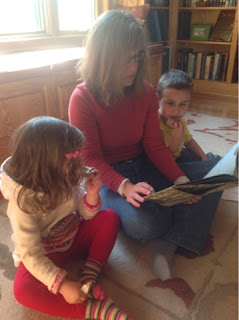
Last night I started The Light Between Oceans by M.L. Stedman. A recent review in BookPage moved me to reserve it from the library. Set on Janus Rock off the southwestern coast of Australia, it is the story of a light keeper and his wife and their decision to keep an infant girl who, along with her deceased father, washed ashore on the island in 1926.
Last week my thoughtful friend Joanne gave me a copy of a book she adores: A Fortunate Life by A. B. Facey. This memoir is set in almost the same place, only on the mainland of Western Australia. I began reading it this afternoon (with a cup of tea and a cat-shaped cut-out cookie) when I returned from school, contemplating what a fortunate life I have, and loving that the two stories are related in their settings and time periods.

















